Op Art – The use of geometric forms to create optical effects
Note: Op art was a major development of painting in the 1960s.
To remember what Op art is, recall the following mnemonic.
Hop over this art (Op art) but it's really unnecessary because it's an optical effect.
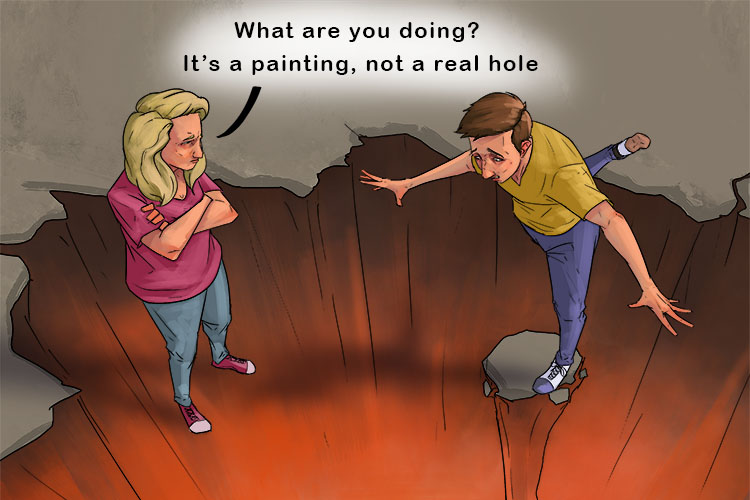
Optical art, more commonly known as Op art, is a style of abstract art that focuses on optical illusions. These artworks typically give the illusion that the image is moving, flashing, has hidden elements or gives the impression of depth.
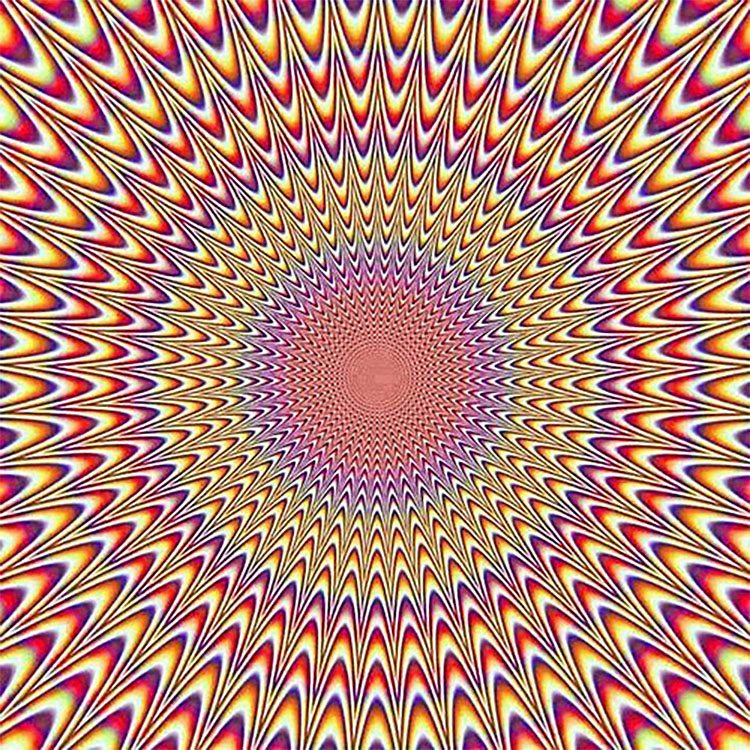
"op art 5" by zaphad1 is licensed under CC BY 2.0.
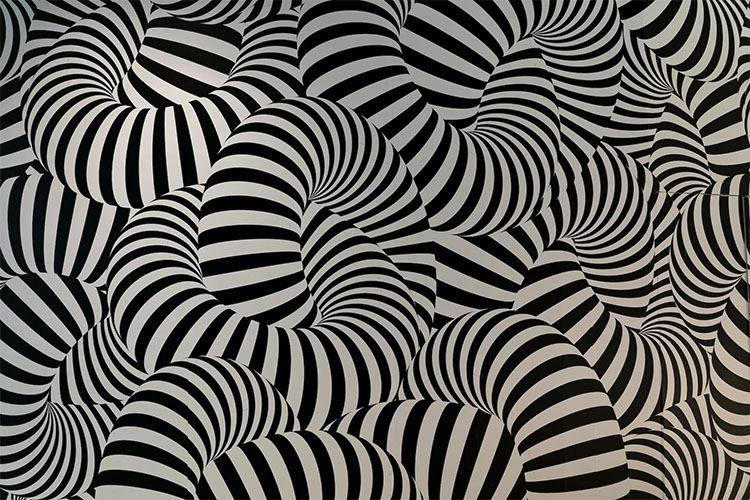
Op Art Project
For this project we are going to create our own op art by creating the impression of a hand on a checkerboard pattern.
You will need paper, a pencil, a black marker, a pen, and a ruler.
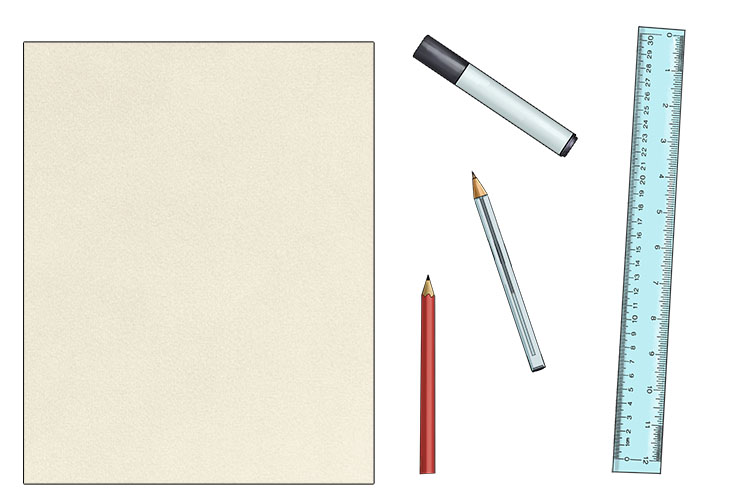
To start, we're going to lightly draw a hand. You can do this by either drawing round your own hand on a piece of paper, or follow the Mammoth Memory hand tutorial. You only need to draw the shape of the hand, details like fingernails and wrinkles won't be visible in our final piece, but indicating where the knuckles are may be helpful when we add our shading.
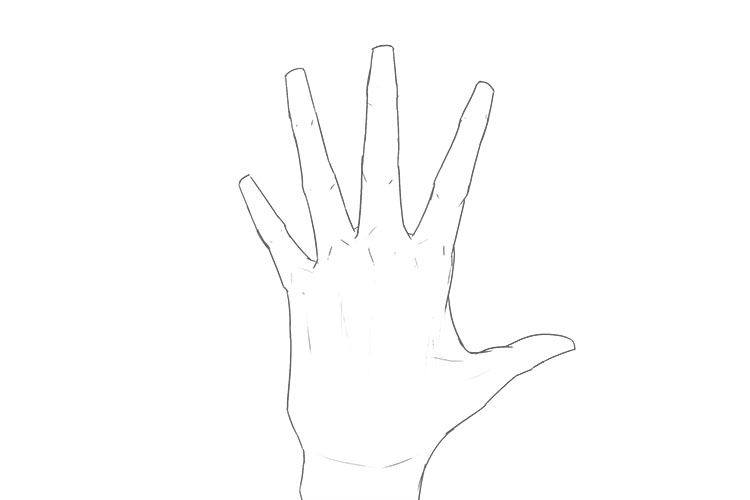
Next, draw a grid around your hand drawing using a black pen and ruler. The squares should be roughly 1cm x 1cm anything much bigger than this will make it difficult to show the shape of the hand.
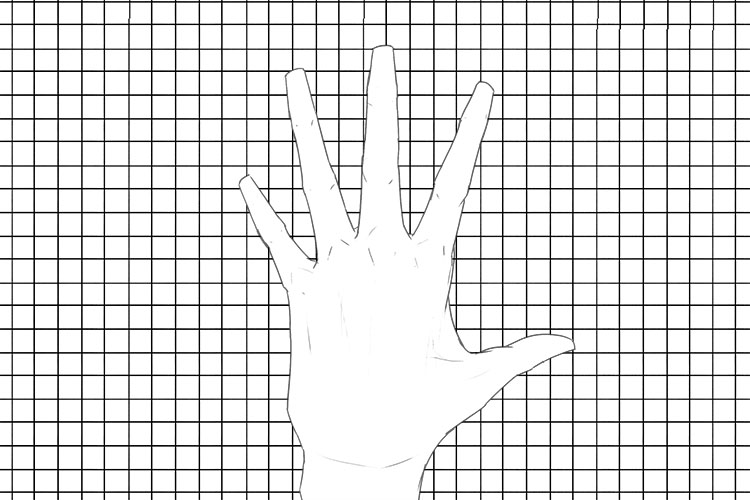
Now we're going to add some shading on the hand. This will help give the hand depth and give us an idea of where to add our grid lines later.
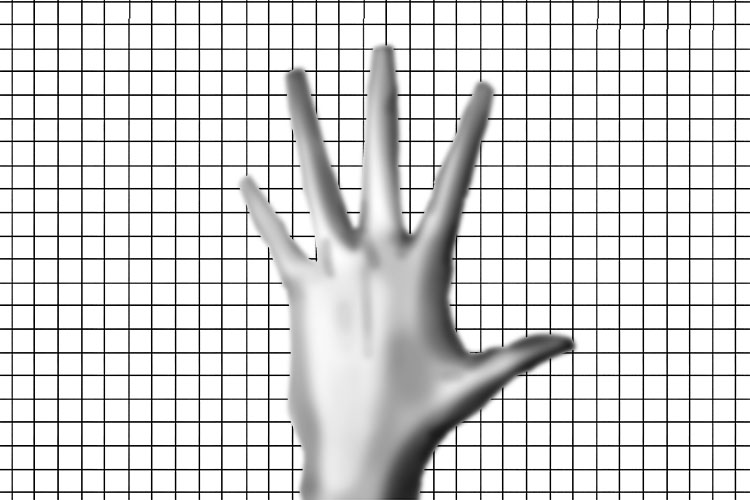
Using your pen, continue the grid lines making sure to follow the shape of a hand like in the image below. Imagine the lines are continuing over the top of the hand and try to follow the contours of the fingers, thumb, wrist, etc.

Finally fill in every other square using a black marker to reveal your final design, which should look something like the image below.
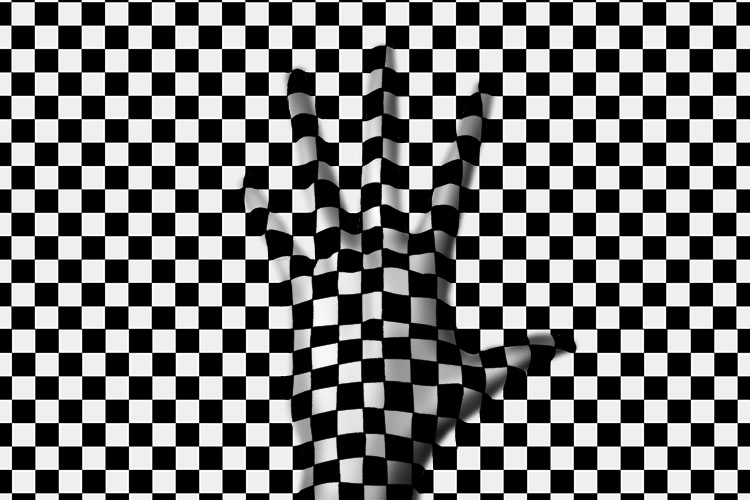
Op Art




